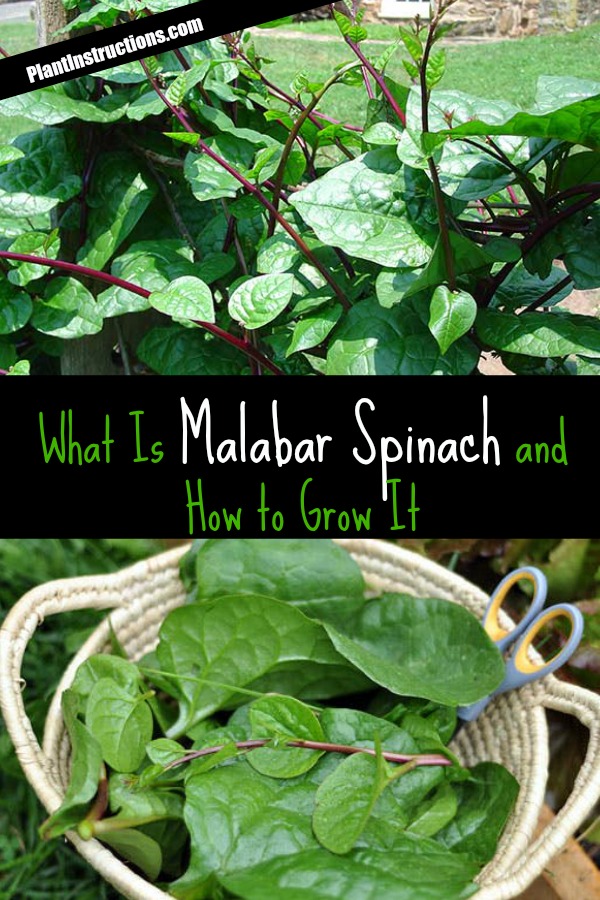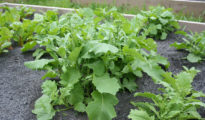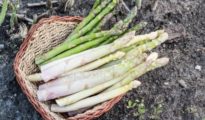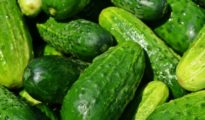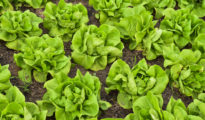Malabar spinach isn't a variety of spinach by any means, but it does resemble spinach. Also known as Ceylon spinach, climbing spinach, gui, acelga trapadora, bratana, libato, vine spinach and Malabar nightshade. Malabar spinach is a member of the Basellaceae family which is a green leaf variety while the red leaf variety belongs to the B. rubra species, which has purplish stems. So if Malabar spinach is not actual spinach what is it exactly? Read more to find out how to grow Malabar spinach and what it actually is!
How to Grow Malabar Spinach and What Is It?
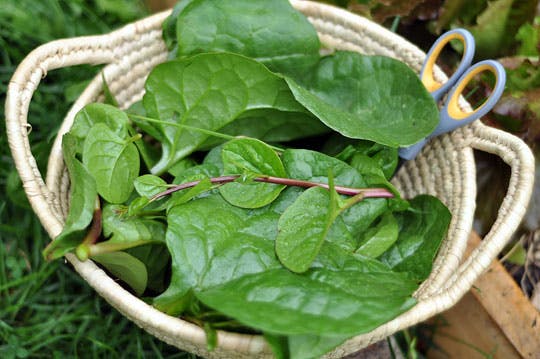
Native to India, and tropical regions, Malabar spinach is a vine-type of plant that thrives in moist, hot climates. Used often in cooking, just like spinach, Malabar spinach doesn't wilt as fast as regular spinach and also has a wonderful crisp lemon-pepper taste, therefore making great salads!
Growing Malabar Spinach:
- Malabar spinach can be grown from either seeds or cuttings.
- Direct sow Malabar spinach seeds in USDA Zone 7 or warmer 2-3 weeks after the last frost date.
- If you live in a cooler region, start seeds indoors 6 weeks before the last frost date and wait to transplant until the soil has warmed.
- Plant in moist, fertile soil with plenty of organic matter and a soil pH of 6.5 to 6.8.
- Malabar spinach can be grown in partial shade or in full sun.
- Because the spinach loves moist soil, regular watering is extremely important.
- A trellis is also needed to for the vines to climb up.
Care:
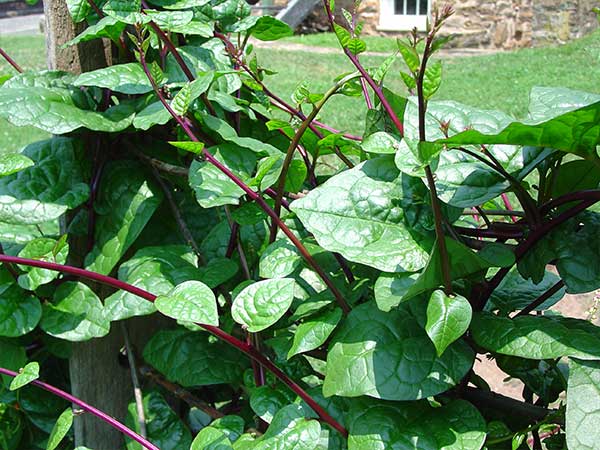
- Water regularly and check to make sure soil is always moist.
- Set up a trellis or a fence so the vines can climb up.
So now that you know how to grow Malabar spinach, it's time to roll up your sleeves and get to planting!
Happy Planting!
